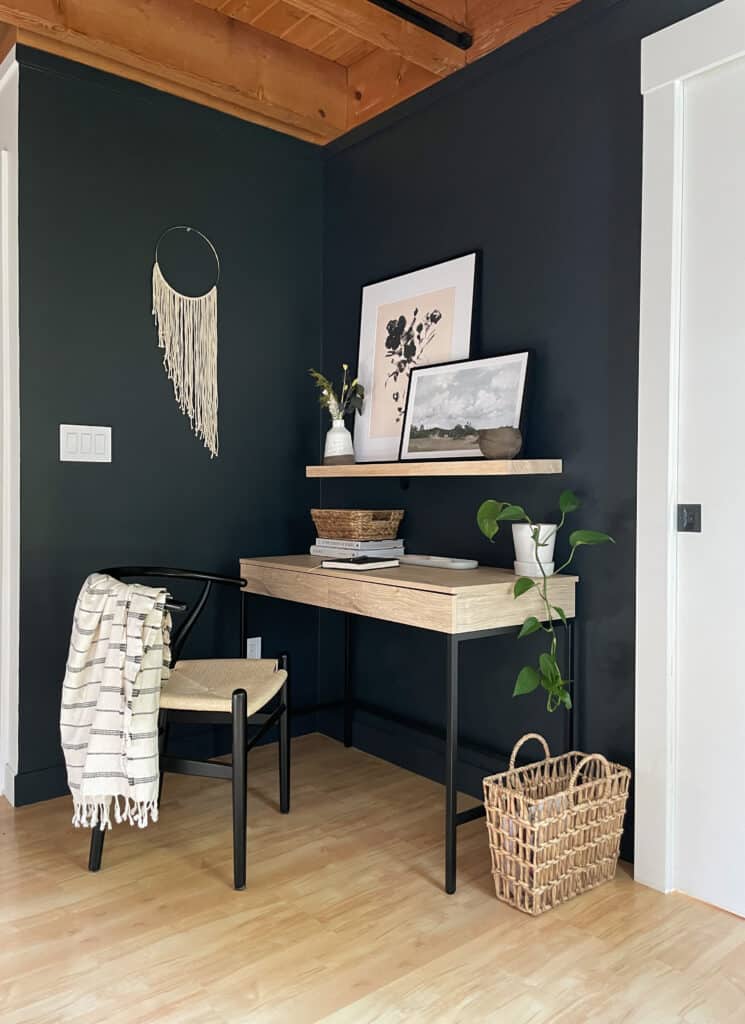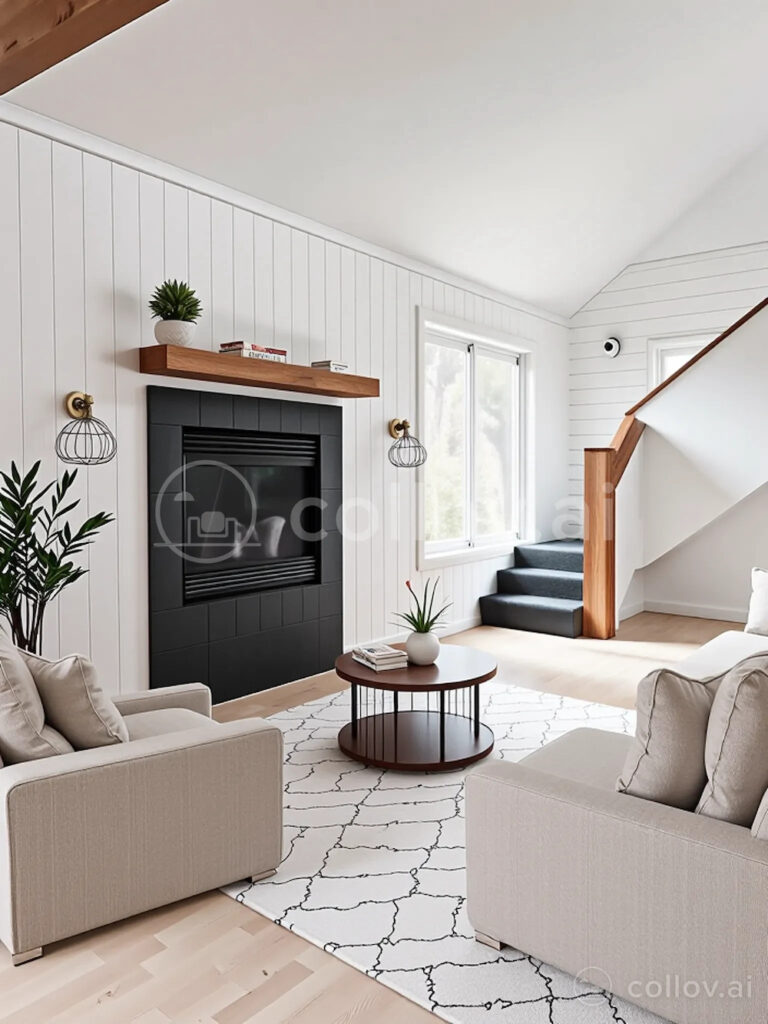Home Decor Myths to Let Go
Styling your home is a personal journey but outdated myths and rules can sometimes block the path to creating spaces that truly feel like you. From mixing finishes to placing rugs over carpet, it’s time to bust these common lies and move forward with modern, comfortable design. Here I’m sharing the top home decor myths that we can show the exit and create a more creative and authentic home.

Myth #1: Everything Has to Match
For years, matching every finish—from faucets to furniture hardware—was considered the gold standard for a cohesive look. Not anymore! Mixing finishes isn’t just acceptable—it’s a common design angle. In fact, you’ll see mixed finish colors on light fixtures and cabinet pulls themselves.
The key is finding what complements each other. So if you’ve got a modern vibe going, stick to more modern finishes like matte black and brushed silver. Looking for industrial? Go with aged brass and iron.
Read More: Mixing Hardware Finishes

Myth #2: No Rugs on Carpet
Ok, I admit, it took years to convince me of this. But that’s because I was thinking bulky rugs on shaggy carpet. That’s a little much, but a thin area rug on regular carpet, why not?
Layering a rug over carpet can bring color, texture, and personality to your room. It’s also a practical way to define spaces in open layouts. Just pick a rug that’s large enough to anchor the area. Rugs on carpet aren’t a faux pas—they’re a power move.
Myth #3: Each Room Needs Its Own Color
Goodybe to the days of each room having its own color. Green in here, light blue over there. Not only is that super stressful, it’s not very efficient and leads to areas feeling choppy.
Rooms with a different color is definitely one of the home decor myths to let go of. Sticking to a unified palette throughout your home creates a cohesive flow, making the spaces feel connected. I typically paint my entire houses a neutral white and use bold dark colors (black, mostly!) on accent walls, cabinets, and doors.

Myth #4: Small Spaces Demand Light Colors
Sure, light colors can make a space feel bigger, but that’s not foolproof. Plus, adding dark colors actually add depth – making a room feel larger. True story! I’ve added a dark black wall and in long narrow spaces and been amazed at how it gives it dimension.
So if you’re wondering, the idea that dark colors in small spaces is off limits is absolutely a home decor myth to drop to the wayside!
Myth #5: Formal Spaces Need Stiff Decor
Say goodbye to rigid furniture and fussy decor in formal spaces. The modern approach blends comfort and elegance. Soft fabrics, relaxed seating, and inviting textures can bring warmth and livability to traditionally formal areas. Your formal living room should reflect your lifestyle—stylish and sophisticated, but never stuffy.
Myth #6: Bigger Furniture is Better
Woo boy, going back to those Lazy Boy chair days! Those big puffy arms and gigantic overstuffed chair backs. Then add those massive, boxy sectionals and the whole space was just brimming with furniture.
Well, I’m sorry to say, oversized furniture doesn’t always equal a better-designed space. In fact, pieces that are too large can make a room feel cramped. Instead, focus on proportions. In smaller spaces, opt for pieces that fit comfortably while leaving room to breathe. Thoughtfully scaled furniture makes a space feel polished and functional, no matter its size.
Final Thoughts on Home Decor Myths
When it comes to decorating, forget the old rules and focus on what feels right for you. Sure, there are some tried and true Interior Design Rules that make things easy (rule of 2/3 anyone?) but most are just fussy old ideas. Whether you’re mixing metals, layering rugs, or painting a cozy den in your favorite bold shade, let your instincts guide you. So, let’s wave farewell to these outdated home decor myths go and make authentic spaces.
Curious to know more? Check out the post on more Outdated Home Trends you can stop doing right away.




